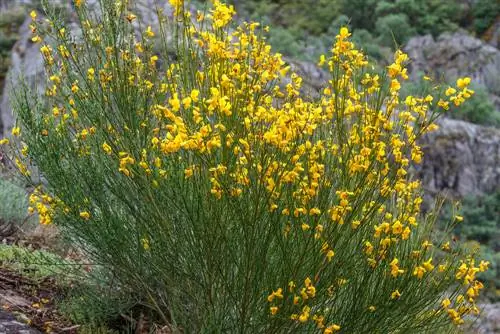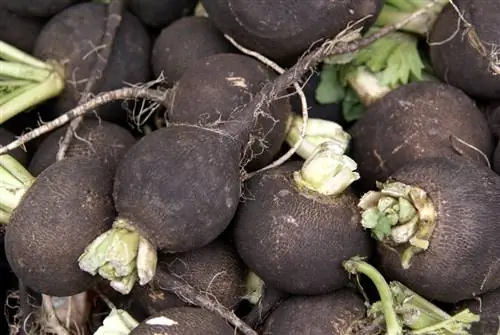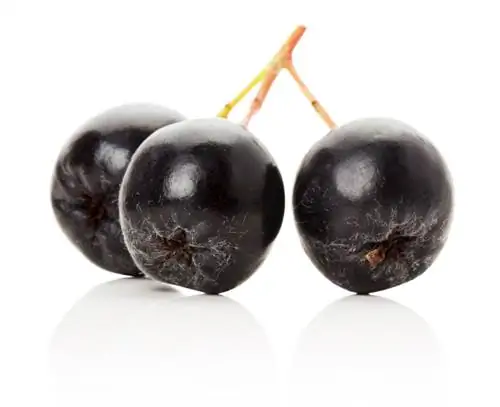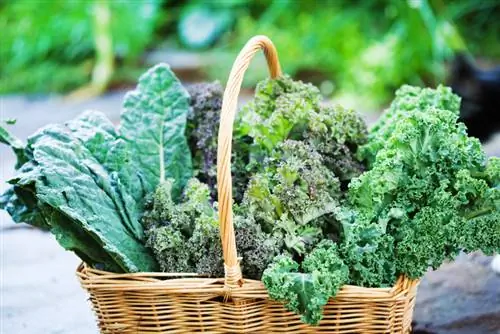- Author admin [email protected].
- Public 2023-12-16 16:46.
- Last modified 2025-06-01 06:02.
Broom (bot. Genista) is a genus of plants in the legume family. There are numerous different species, the exact number is unknown. You can also find other plants in stores that are called gorse, but are not related to it.
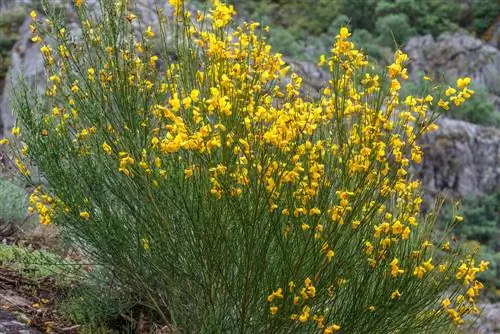
What different types of broom are there?
There are various types of gorse, including the real gorse (Genista) as well as “fake” types of gorse such as broom (Cytisus scoparius), rush broom (Spartium junceum), thorn broom (Calicotome spinosa) and gorse (Ulex europaeus). They vary in growth habit and flower color.
Many species of gorse grow wild in large parts of Europe and the Middle East. There are also numerous attractive breeding forms. You find wild gorse primarily in nutrient-poor and barren areas. It tolerates frost well. Although broom does not produce nectar, it attracts bees and butterflies. This also contributes to its attractiveness as a garden plant.
“False” broom types:
- Broom (Cytisus scoparius)
- Brush or Spanish broom (Spartium junceum)
- Broom (Calicotome spinosa)
- Gorse (Ulex europaeus)
The various “fake” species cannot be denied a certain similarity to real gorse. The differences are not too big in terms of location and care. This means you have a large selection from specialist retailers.
Planting and caring for gorse
The real gorse grows as a subshrub or shrub and is approximately half a meter to two meters tall. It has long taproots and prefers light, poor soil. Gorse is very undemanding and needs little water and practically no fertilizer. This makes it one of the extremely easy-care ornamental plants and also grows in places that are not well suited for other shrubs.
It is best to plant your gorse in a sunny location. It feels most comfortable there and blooms most beautifully. Most types of gorse bloom yellow, but there are also white, pink or orange and red varieties. The flowers develop into legume-like fruits. However, remember that gorse is poisonous. By the way, this also applies to the “fake” types of gorse.
The “real” gorse in brief:
- grows as a shrub or subshrub
- 0, 5 - 2 meters high, exception: Etna broom up to 5 m
- Location: sunny
- Soil: poor
- Taproots
- poisonous
- Flower color mostly yellow, but also reddish, orange, white or pink
Tip
The selection of gorse and similar plants is so large that you are sure to find a suitable plant for your purposes.

